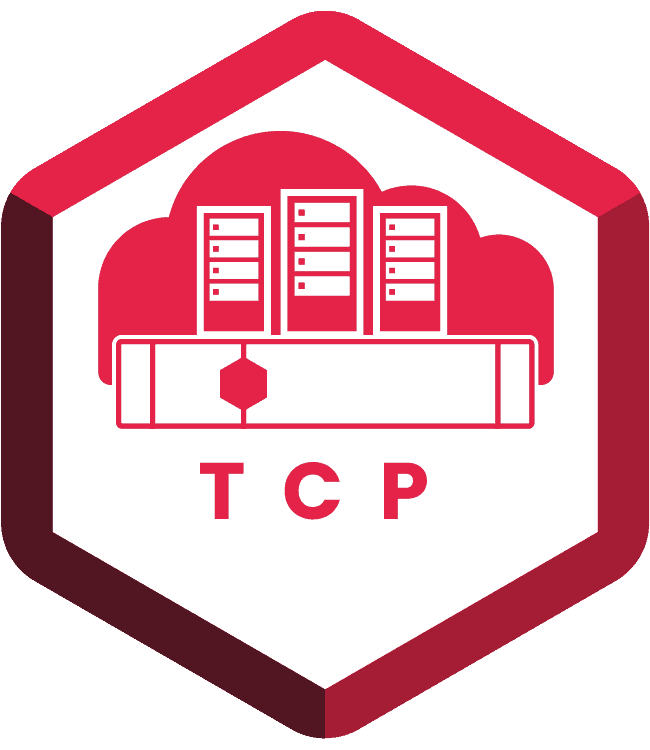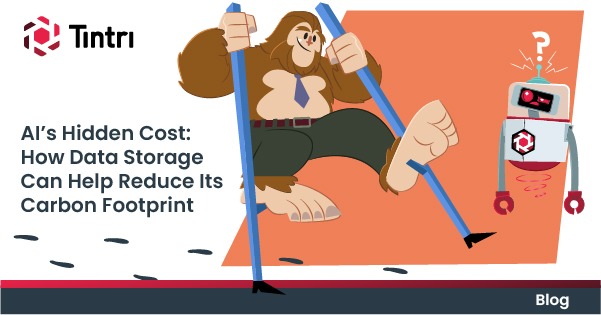Managing complex infrastructure presents different challenges for IT teams. Increased complexity is typically accompanied by various bottlenecks that significantly hinder performance and observability. The lack of visibility and intelligence managing individual workloads only adds to the problem. When workloads are unique, a one-size-fits-all approach to storage may not be the best solution. Let’s see if a traditional (one-size-fits-all) approach or workload-centric strategy works best for you.
Traditional storage systems treat workloads as blocks of data, even if the workloads require differing resources from one another. Whether you’re running VMs, VDI, Databases, Containers, or Filer; a traditional storage approach applies resources to all types without regard for what they actually need. Resource bullies like VDI grab what they can, leaving the other workloads to fend for themselves for the minimal leftovers. The simple solution is to buy more storage and put VDI on it by itself. Problem solved right? Sure, if you’re still living in 2010 (don’t worry, we won’t spoil the end of Breaking Bad for you).
This outdated architecture also lacks analytics, granular troubleshooting, and built-in data protection on a per-workload basis. Sure, they may have these features, but only at a block level, miles above the ground. Without having visibility into the I/O path from the workload to the storage appliance, IT staff rely more on best-guesses instead of having real-time data at a granular, workload-level.
In contrast, workload-aware storage enables administrators to identify workloads that are experiencing I/O contention and resolve issues immediately. Workload-aware storage solutions provide unparalleled I/O optimization by tracking performance metrics for each workload in real-time, leveraging AI and Machine Learning. This level of visibility and control minimizes latency and ensures consistent performance across all workloads. It eliminates these bottlenecks and more by optimizing I/O and minimizing latency at the workload-level. This granular approach ensures precise resource allocation, improving performance across the IT stack.
For performance-sensitive applications—such as databases, analytics platforms, and virtual desktop infrastructures (VDI)—the benefits of workload-aware storage are substantial. These applications require low-latency, high-throughput storage to function optimally. Workload-aware storage dynamically prioritizes these workloads, ensuring they receive the resources necessary to meet stringent performance requirements. This results in faster query times, smoother user experiences, and improved operational efficiency.
Organizations that implement workload-aware storage often see dramatic improvements in their environments. For instance, companies with high-density virtualized environments report a reduction in latency by up to 50%, and experience more consistent performance during peak usage times. Additionally, IT teams benefit from simplified management, as they no longer need to rely on complex manual tuning to resolve performance issues. These improvements not only enhance the end-user experience, but also reduce the time and effort required to maintain optimal performance.
By focusing on the specific needs of each workload, workload-aware storage eliminates bottlenecks that can disrupt virtualized environments. For businesses looking to optimize performance and reduce operational complexity, solutions like Tintri VMstore provide the tools to monitor, manage, and enhance workloads dynamically. With real-time analytics, granular control, and automated resource allocation, Tintri enables organizations to maximize the efficiency of their storage infrastructure.
Discover how Tintri can transform your environment by visiting https://tintri.com/solutions/vdi/.





